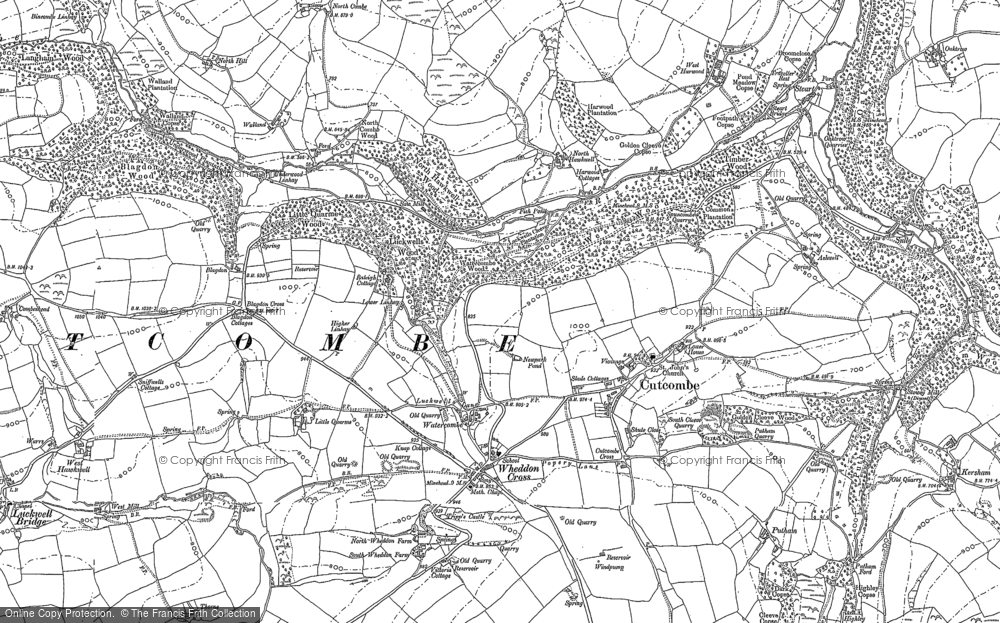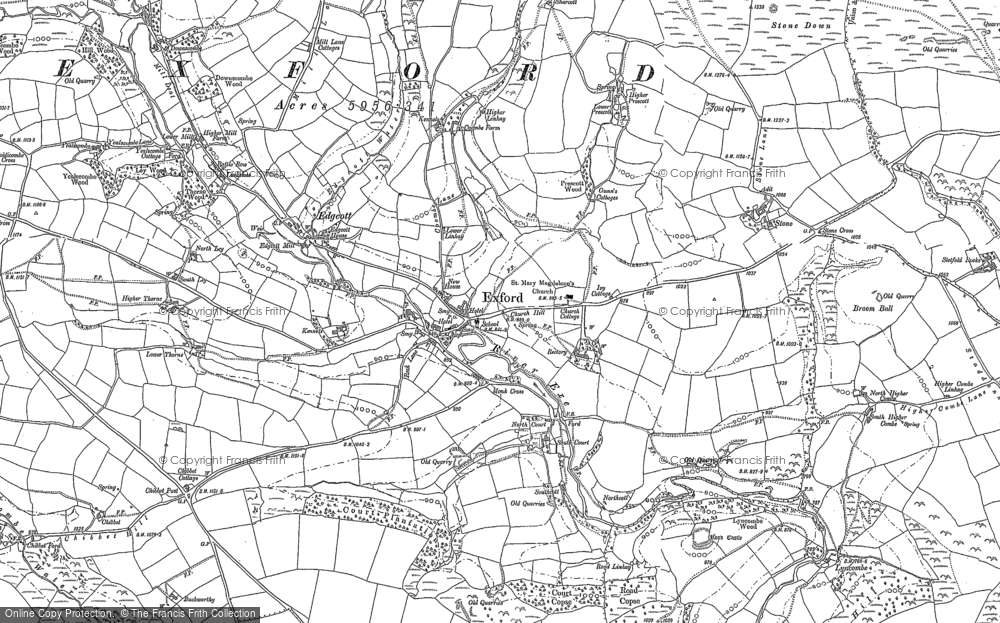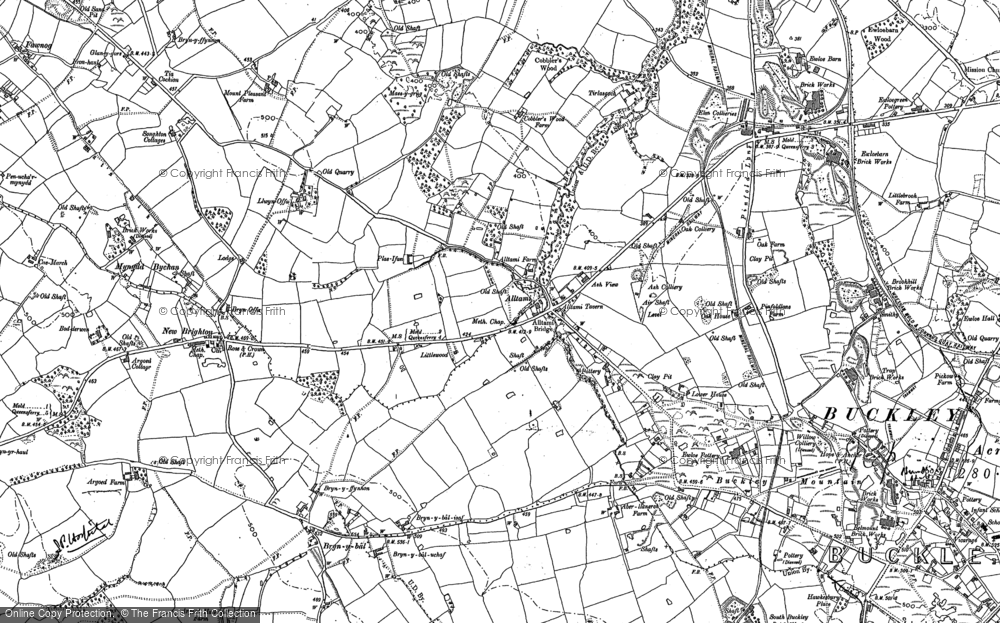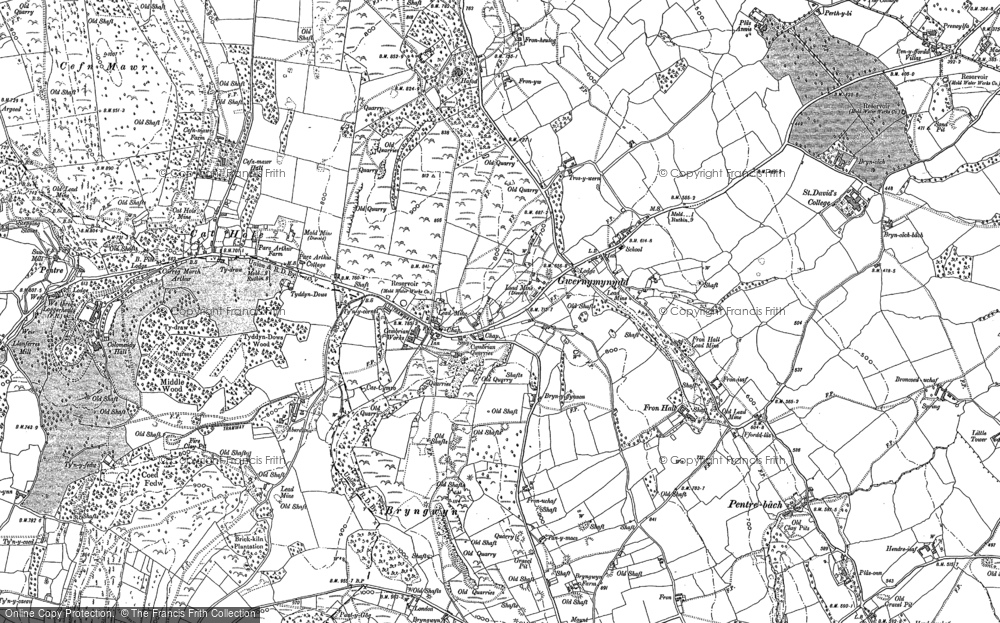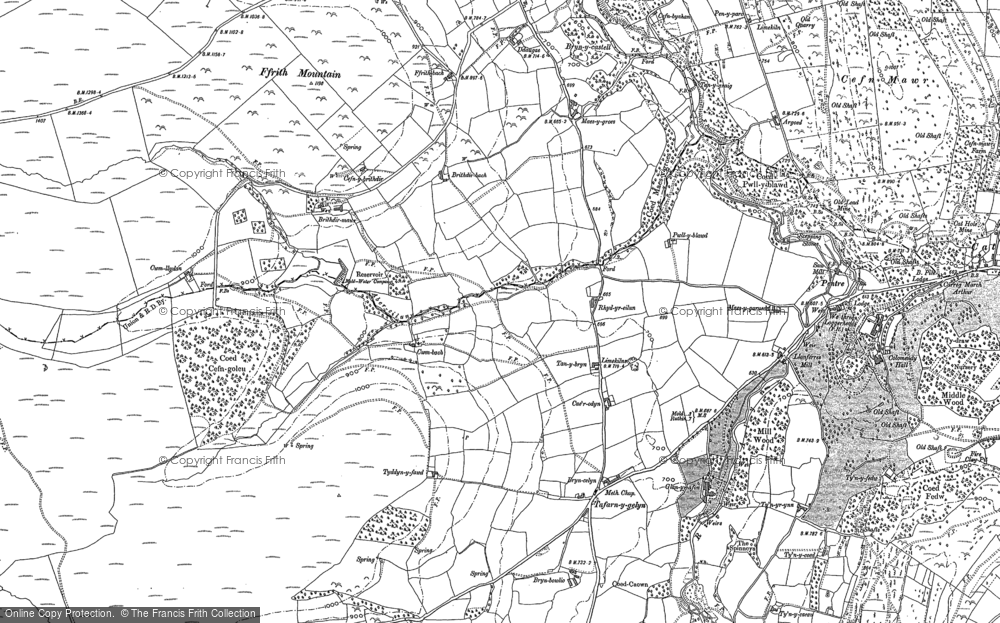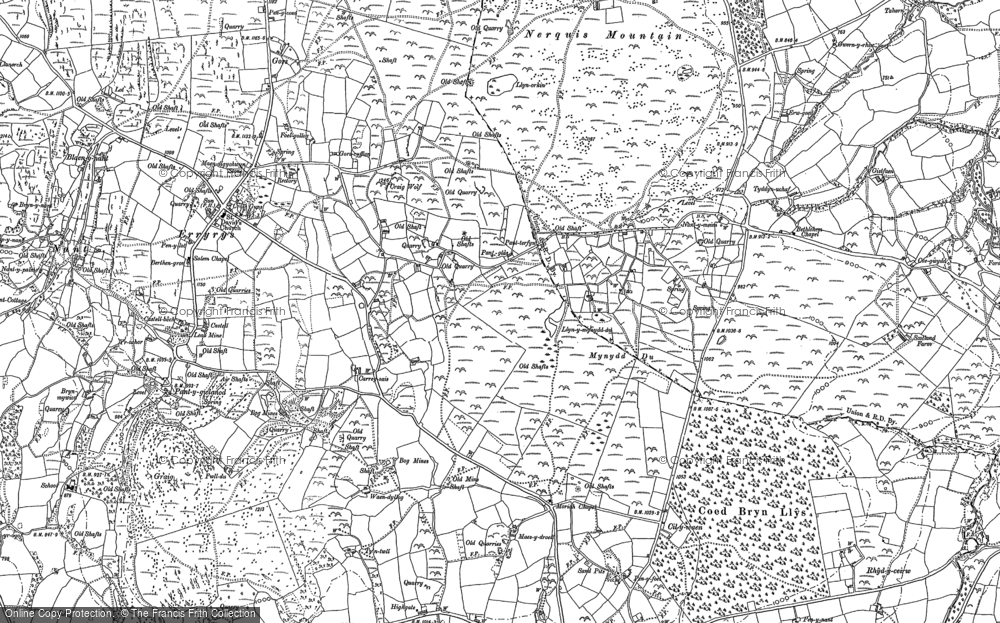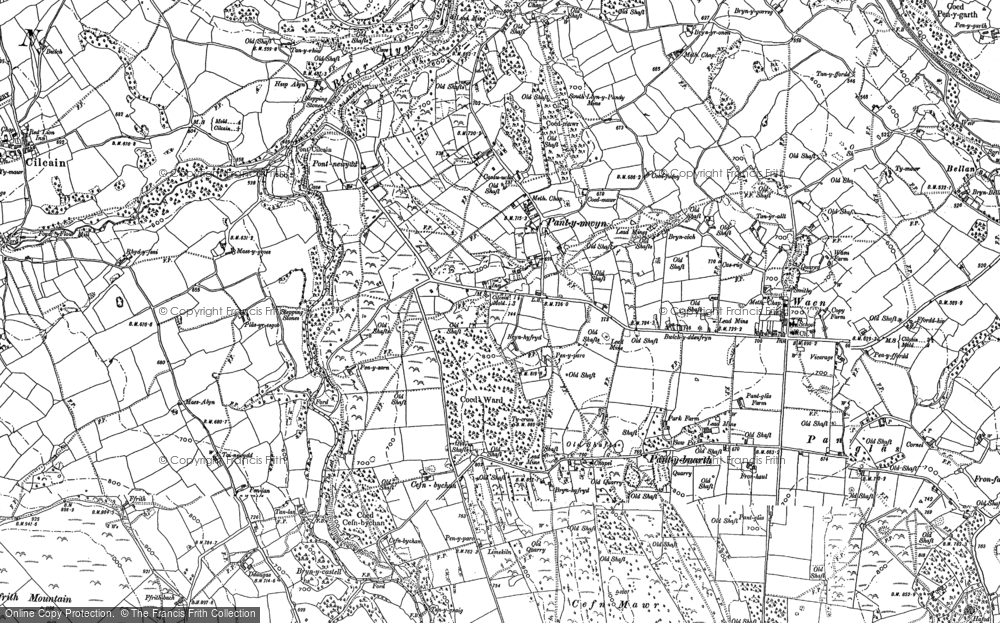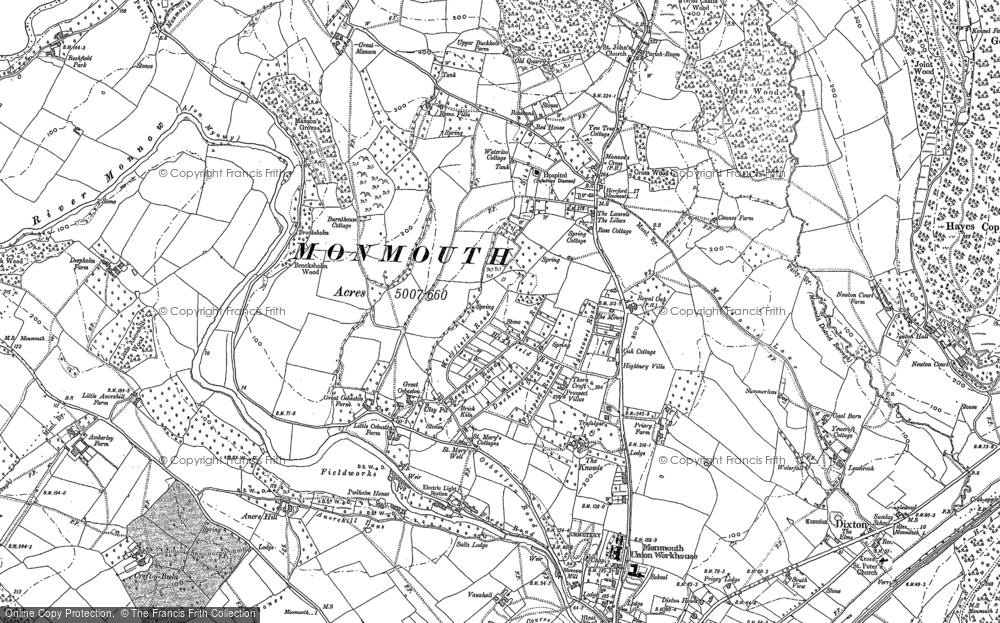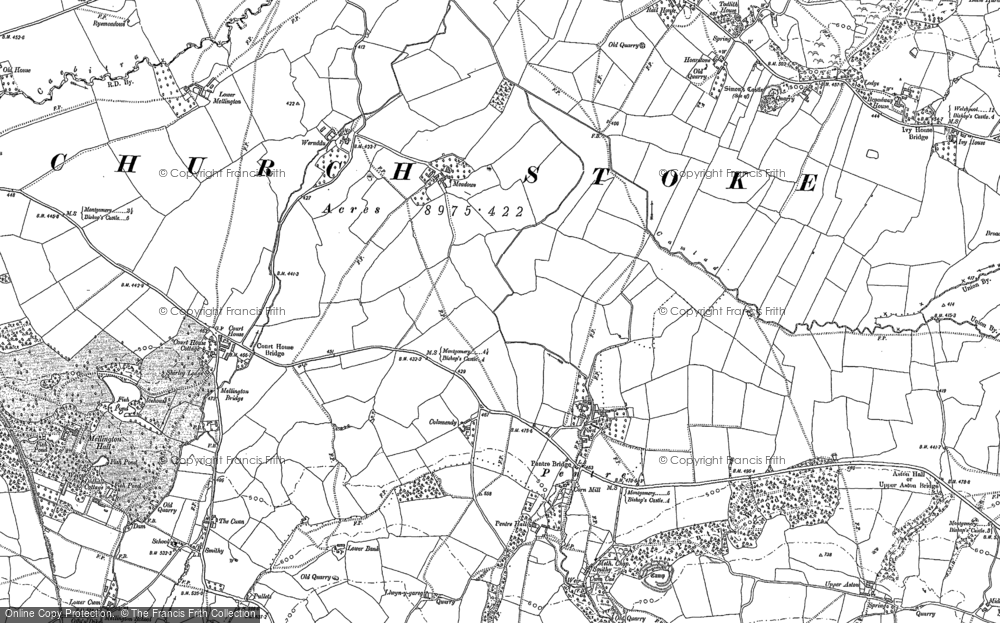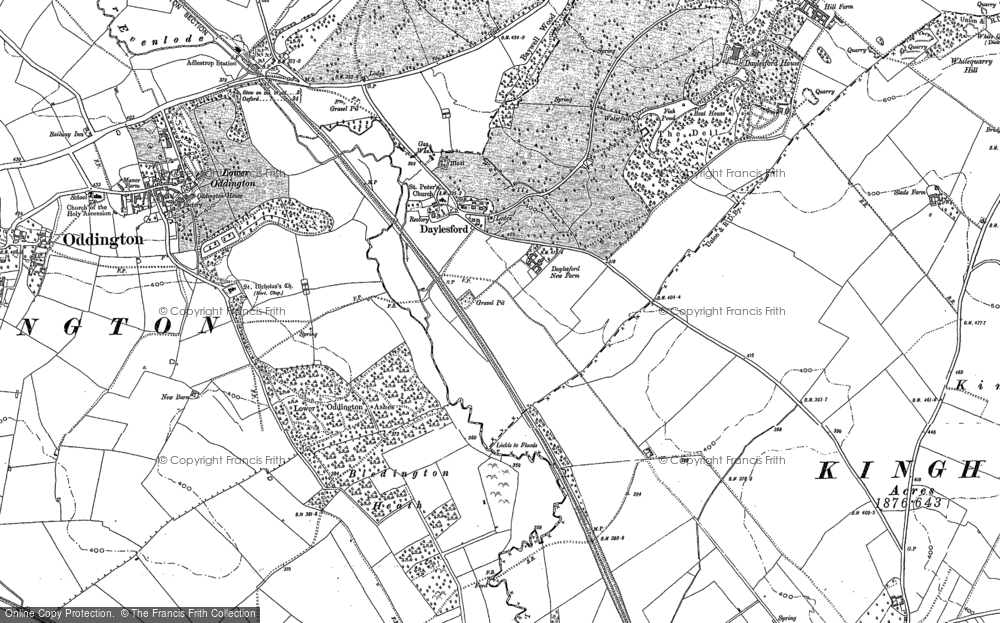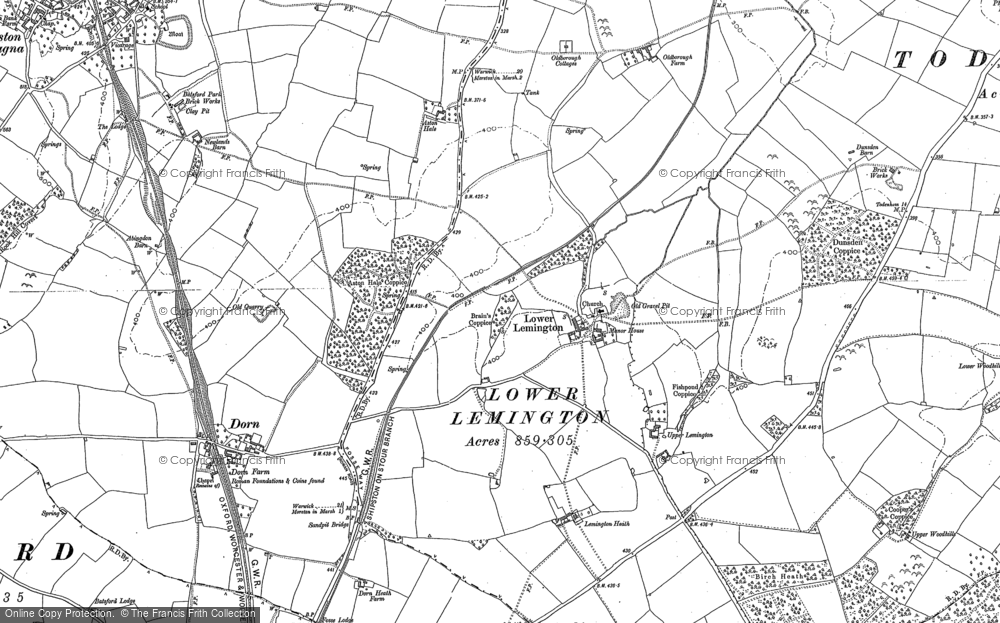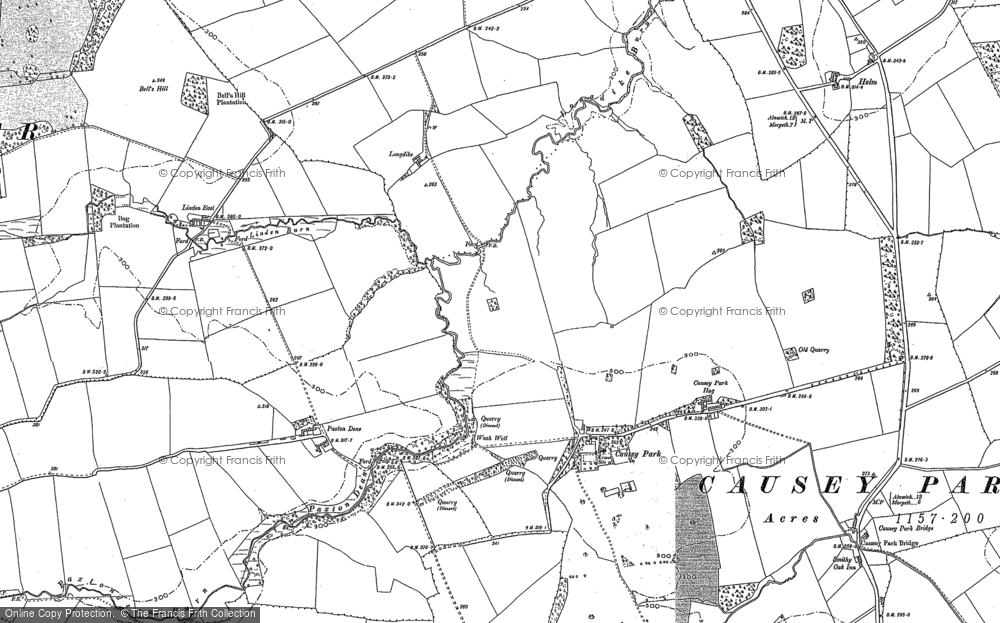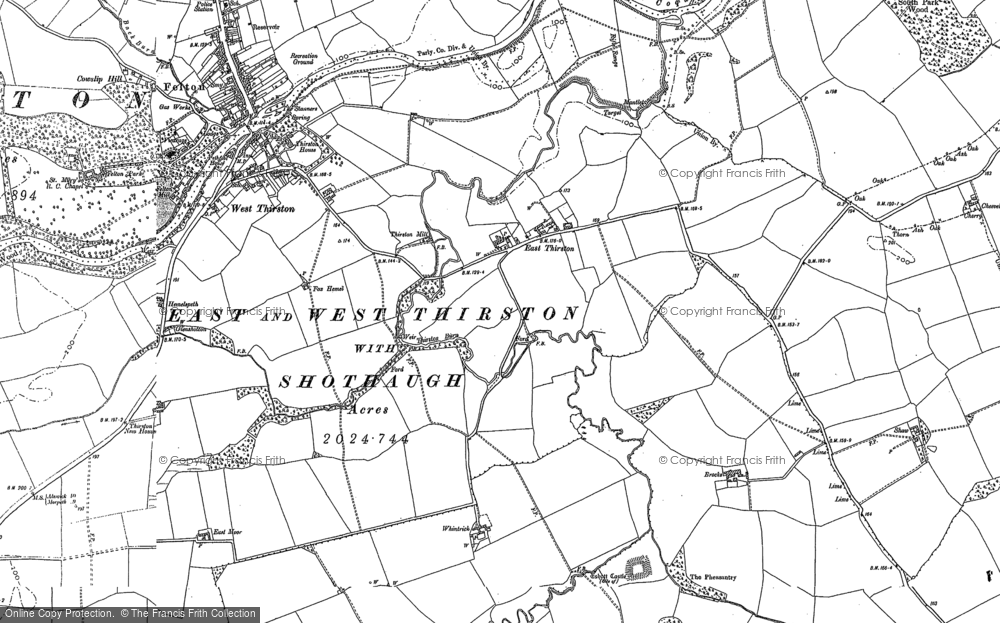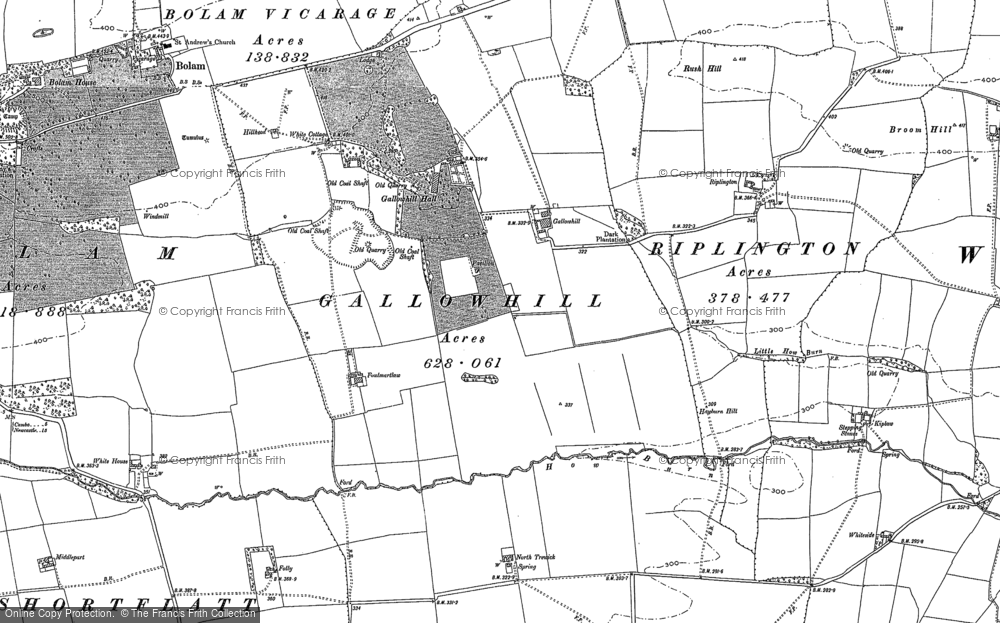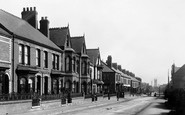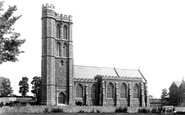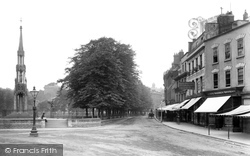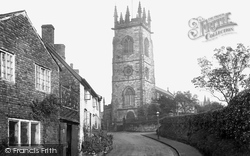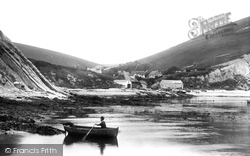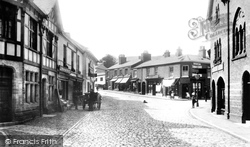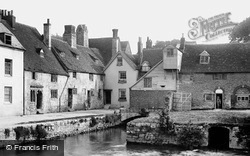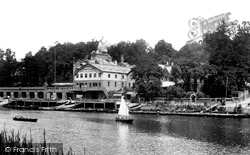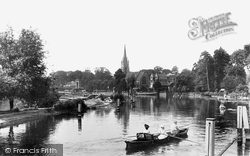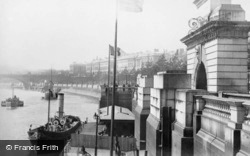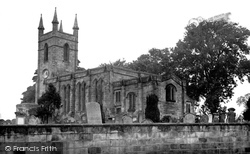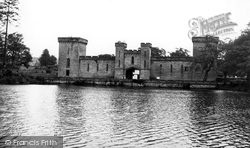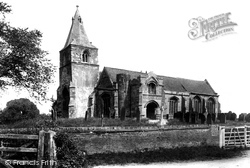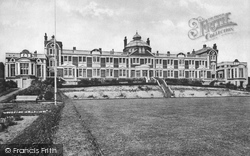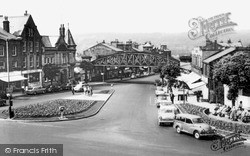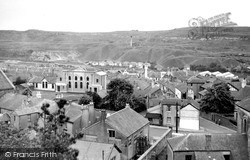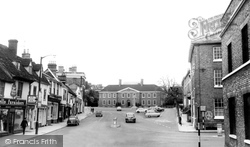Places
36 places found.
Those places high-lighted have photos. All locations may have maps, books and memories.
- Shanklin, Isle of Wight
- Ventnor, Isle of Wight
- Ryde, Isle of Wight
- Cowes, Isle of Wight
- Sandown, Isle of Wight
- Port of Ness, Western Isles
- London, Greater London
- Cambridge, Cambridgeshire
- Dublin, Republic of Ireland
- Killarney, Republic of Ireland
- Douglas, Isle of Man
- Plymouth, Devon
- Newport, Isle of Wight
- Southwold, Suffolk
- Bristol, Avon
- Lowestoft, Suffolk
- Cromer, Norfolk
- Edinburgh, Lothian
- Maldon, Essex
- Clacton-On-Sea, Essex
- Norwich, Norfolk
- Felixstowe, Suffolk
- Hitchin, Hertfordshire
- Stevenage, Hertfordshire
- Colchester, Essex
- Nottingham, Nottinghamshire
- Bedford, Bedfordshire
- Bury St Edmunds, Suffolk
- Aldeburgh, Suffolk
- St Albans, Hertfordshire
- Hunstanton, Norfolk
- Chelmsford, Essex
- Bishop's Stortford, Hertfordshire
- Peterborough, Cambridgeshire
- Brentwood, Essex
- Glengarriff, Republic of Ireland
Photos
9,106 photos found. Showing results 14,821 to 9,106.
Maps
181,006 maps found.
Books
11 books found. Showing results 17,785 to 11.
Memories
29,052 memories found. Showing results 7,411 to 7,420.
Kingsbury Green
Hi, I served my apprenticeship at L.E. Westwood (now Kingsbury Printers) at Kingsbury Green, behind the garage and car sales yard, 1949-1955. Prior to that, as a boy, I worked at United Dairies, helping the milkman (Mrs Eaton). ...Read more
A memory of Kingsbury in 1952 by
Postcard Of This View Sent In 1904
l have a postcard of this view which is dated Oct 11th 1904. ln which the sender write's about just moving into a house that is facing one of the houses on the left which had just been recently built and so ...Read more
A memory of Scunthorpe by
Pen Mill School
We lived in St Michaels Avenue, just a short distance up the hill from St Mikes - and I attended Pen Mill Primary, which was a little way down the hill from this church. Our morning assemblies were held in the church hall, which had ...Read more
A memory of Yeovil in 1952 by
The Hill 1951 To 1965
Moved from the East End to Wigton Road in 1951. First memories; going to Romford market seeing the livestock by Laurie Hall. Playing in the woods behind Quarles, all types of street games. My best was book and skate ...Read more
A memory of Harold Hill by
Holy Trinity Church
The baptism of my dear husband in Holy Trinity Church on April 13, of 1947 by Vicar H. W. Thomas.
A memory of Tunbridge Wells in 1946 by
Yarmouth And The Ferry
Aside from teaching with a wonderful staff, brilliant headmaster, and receptive children I remember the ferry, and having fish and chips on the pier. Always a fond memory to go back to that time, as I met the love of my life, my soul mate that year!
A memory of Yarmouth in 1970 by
The Bridge Hotel
It is lovely to read all of the memories of those of you who lived in Greenford. I moved there in 1952 when my parents (Herbert and Mary Warman) took over The Bridge Hotel. We were there till 1972. No fly over then to obscure my ...Read more
A memory of Perivale in 1952 by
North Road
From the 40s until 1964, I used to live at 46 North Road next to the Station Hotel. Our house had a long garden with a stone-pillared gate and 4 steps from the street. I would walk every day up Atherton St, around the 'workhouse' to St ...Read more
A memory of Durham in 1960 by
17 Ceagside Gardens
1960 to 1983. I was born at the QE in October 1960. My parents lived with my grandparents at number 17. My grandparents moved into the house when it was new (built by Leech) in the late 30s. They intended to buy but the war ...Read more
A memory of Lobley Hill in 1963 by
Montagu Gardens
Please if anyone has information about my family from Wallington I would be so appreciative. Gordon was a postal worker in the early 50's to 60's I know. We found the street address of Montagu Gardens on a used envelope in a ...Read more
A memory of Wallington in 1960 by
Your search returned a large number of results. Please try to refine your search further.
Captions
29,158 captions found. Showing results 17,785 to 17,808.
Originally, College Green was the burial ground for the Augustinian abbey, founded by Robert Fitzhardinge in 1148, and for a hospital, founded jointly by Maurice Berkeley of Gaunt and his nephew, Robert
Joseph Fry senior had been involved in a number of business ventures and partnerships, but as a Quaker the manufacture of chocolate was especially important to him, as it was a temperance drink.
Because of the height of the clerestory, the east-facing clock face had to be sited higher up the tower than those on the other sides.
By the end of the 19th century, the cove was already attracting a great many visitors.
In 1810, Lewis Tregonwell built a holiday home on lonely heathland, close to the mouth of the River Bourne.
However, many of the county's hamlets and smaller villages were heavily dependent upon visits from retailers operating mobile shops.
The earlier houses built at Port Sunlight were a mixture of styles. The village had a pub, the Bridge Inn, which was designed to look like an old coaching inn, but opened as a temperance hotel.
Long Meg and her Daughters, a Bronze Age monument near Little Salkeld, is the largest stone circle in the Lake District, and one of the biggest in Britain.
However, nothing remains of its great monastic church. Along Thames Street, east of the town's medieval river bridge, abbey buildings remain.
All survives, including the terrace of boathouses and the central building, now reduced to two storeys by the removal of the weatherboarded upper storey; it is now the Richmond Canoe Club.
South-east of Abingdon, on the A415 and a mile west of the Culham Science Centre, the former Culham College is a large and austere Victorian Gothic building based on an Oxford collegiate layout with a
Marlow, and Henley further up river, were important inland ports handling mainly the corn, malt and timber of the Chiltern Hills behind them.
The Embankment, with its dolphin lampposts dated 1870, is by Bazalgette; in fact it hides the great sewers he built to collect London's effluent and take it further east to rid the city of its appalling
Though St Mary's contains a Norman chancel arch, much of the building dates from John Dobson's restoration of 1828-29.
The fine old farmhouse sits on a brick base and is hung with tiles and swathed in creeper.
During the Second World War it was used as an officer training unit, but when peace came it was allowed to stand empty and neglected for about six years, leaving much of the building a ruin.
St Giles' Church is over 800 years old and accepted as one of the most attractive in England.
This view of the High Street shows many buildings that have either since disap- peared or have been radi- cally reworked.
Before becoming a private nursing home, this building was a convalescent home for members of working men's clubs that were affiliated to the Club Union.
Banking premises have started to squeeze out independent retailers, while the Woolworth store heralds the era of bargain shopping.
Although pig iron was being produced in the area in the late 18th century, it was the setting up of the Tredegar Iron Works in 1800 that gave the town prosperity, growth and its name.
This view looks back towards Woolworth's from Bakehouse Hill, where the mini-roundabout marks the convergence of the High Street, Gold Street and Lower Street.
The 'Georgian' Borough Offices of 1937 dominate this view from Mustow Street. The buildings to the left include timber-framed structures, at least four of which have jettied first floors.
These barracks in Fulford Road were built in 1795 as part of William Pitt's defence programme. They covered 19 acres, including seven for a nursery garden.
Places (6814)
Photos (9106)
Memories (29052)
Books (11)
Maps (181006)


